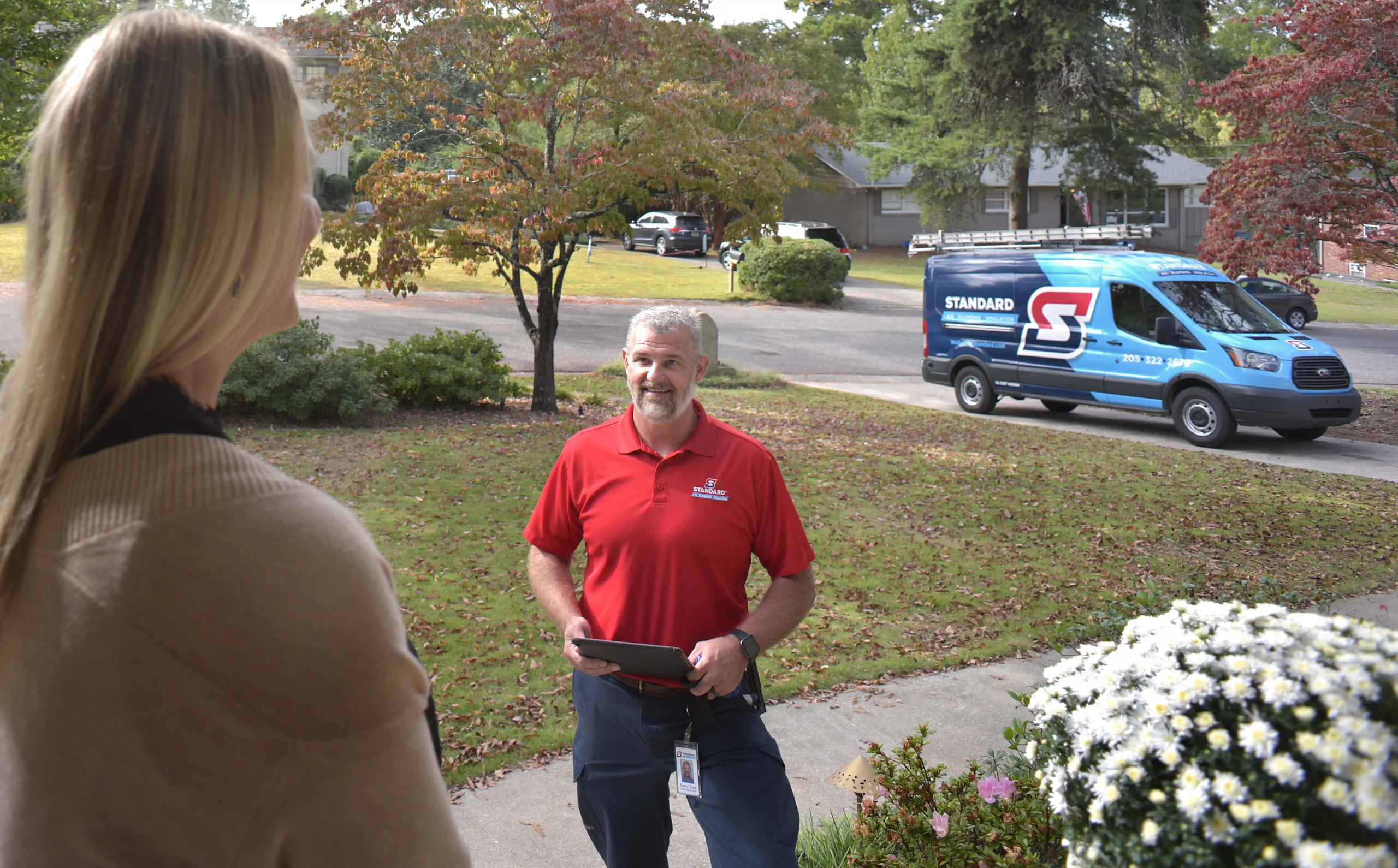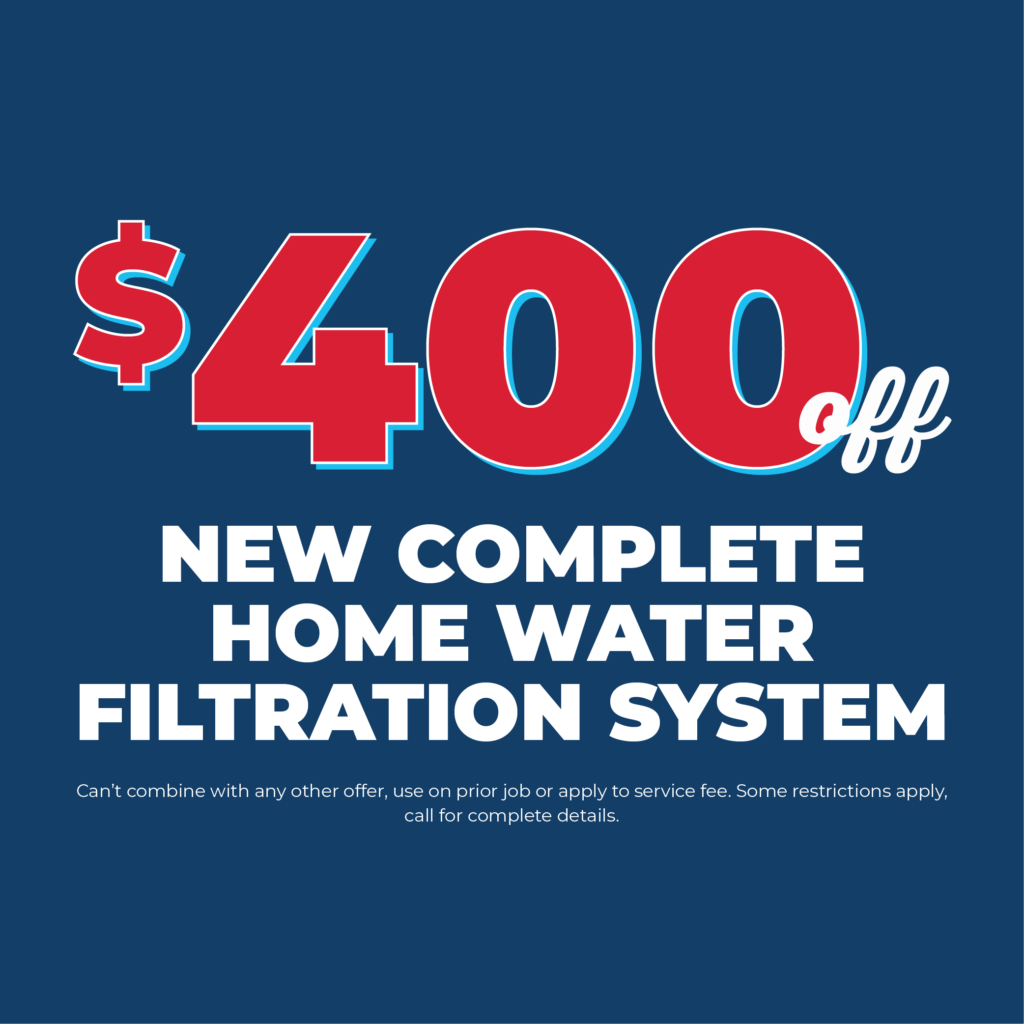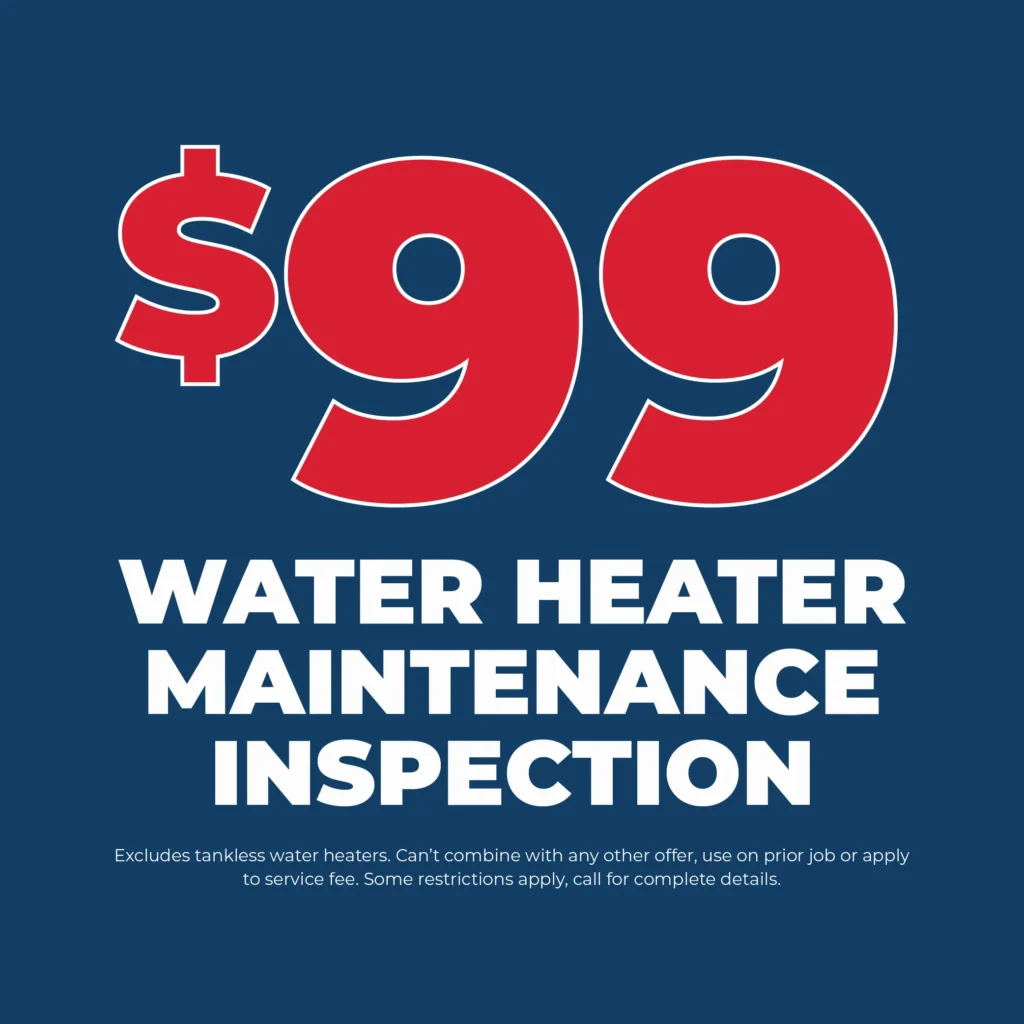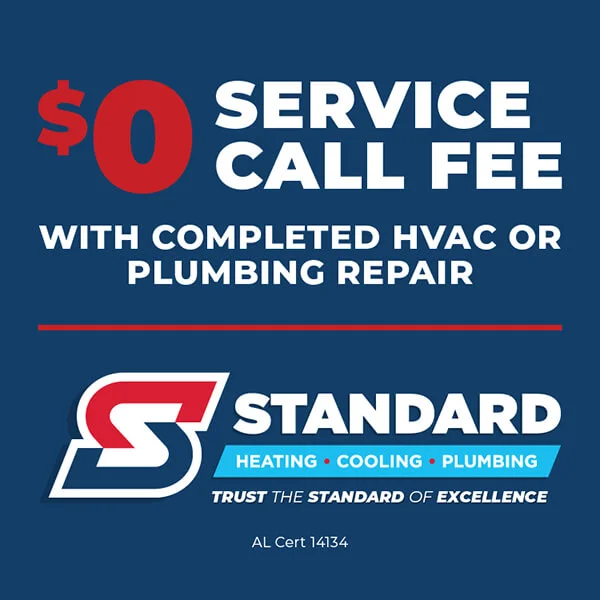He was very professional and nice. He explained what was wrong and what he did to resolve the problem. He also followed up with some things not to do. I appreciate all that he did.
Plumber in Vestavia Hills, AL, and Surrounding Areas
Does your kitchen faucet emit an unwelcome symphony of drips and sputters every time you turn it on? Is your shower pressure more of a gentle suggestion than a forceful spray? Maybe you’re a business owner facing a clogged drain threatening to halt your entire operation. Whatever your plumbing woe, Standard Heating, Cooling & Plumbing is here to bring harmony back to your Vestavia Hills, AL, home or business as your trusted plumber.

Selecting the Ideal Plumber in Vestavia Hills
Choosing the perfect plumber might seem daunting, especially when faced with a sudden plumbing crisis. Consider these vital aspects to guide your decision:

- Licensing and Insurance: Verify that the plumber has received state certification from Alabama and possesses the necessary liability and workers’ compensation insurance.
- Experience: Seek out a plumber with a solid history of reliability. With over 85 years of experience, our team has consistently ensured the smooth operation of homes and businesses in Vestavia Hills.
- Customer Feedback: Explore reviews and feedback online to understand the plumber’s reputation and level of customer service. We take pride in its strong presence and positive feedback.
- Transparent Pricing: Ensure you receive a precise estimate before the commencement of any services. Our team is committed to clarity, offering comprehensive quotes in advance.
We Serve the Following Cities in Alabama
Stay Cool All Summer with Our AC Services
We provide top-notch plumbing services to keep your home comfortable and cool.
Frequently Ask Questions
What is the suggested frequency for professional plumbing inspections?
To avoid serious issues, it is advised to have your plumbing inspected by a professional at least once annually.
What causes an unexpectedly high water bill?
If you notice a sudden increment in your water bill, it could be due to a leak in the system. It’s a good idea to check for leaky faucets, excessive toilet flushing, or other hidden water leaks.
Expert Suggestions:
- A simple test involving food dye in your toilet tank can help spot leaks. If the coloured water appears in the bowl within 10 minutes, it implies there’s a leak in the seal.
- A moving red or black triangle on your meter without any water usage indicates a possible leak. Mark its position and observe for 5 minutes.
What measures can prevent clogged drains?
Regular cleansing of drains, utilizing drain guards, and refraining from disposing grease, hair, or large food items can help mitigate drain blockages.
Expert Advice: Try pouring a Root Killer into your toilets and flushing it yearly to manage root growth. Make sure to repair root intrusion in your line to prevent potential water leaks affecting your house’s foundation.
What's the optimum way to maintain a water heater?
Regularly flushing your water heater to expel sediment, checking the pressure relief valve, and proper thermostat settings are key to prolonging your water heater’s life.
How can I identify if there's a hidden water leak?
Look out for signs like unforeseen water spots, proliferation of mold, or escalated humidity levels.
Expert Advice: Observe your water meter; if it shifts even when there’s no water usage, there could be a leak. Mark the location of the triangle on your meter and check for any movement over a 5-10 minute span.
Is it safe to use chemical drain cleaners?
Despite providing an instant solution, they can lead to pipe damage with repeated use. It’s advisable to use a plunger or seek professional help for persistent blockages. Also, chemical usage isn’t recommended for drainage systems with a septic setup as it might impair the pump and disrupt the necessary bacterial activity in a conventional septic system.
How should I react in a plumbing emergency?
In case of water-related or drain emergencies, you should first turn off the main water supply to curtail further damage, then immediately contact a proficient plumber. In a gas emergency, ensure to ventilate your space by opening all windows and doors, and call a dependable plumber. It’s advisable to call the fire department or your gas company in case of a severe leak.
Do eco-friendly plumbing options exist?
Absolutely! Options such as low-flow fixtures, tankless water heaters or heat pump systems, rainwater recycling, and greywater systems can substantially reduce your water usage and environment impact.
Why is my water pressure inconsistently low?
Several factors can lead to low water pressure – pipe corrosion, dirty faucet aerators, blocked faucets/flexes, defective pressure regulator, or leaks within the system.
If my toilet continues to run, what should I do?
Constant toilet running is usually due to a malfunctioning flapper or fill valve. Adjustment or replacement of these components typically solves the issue.










